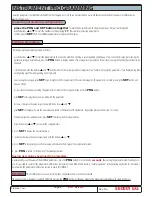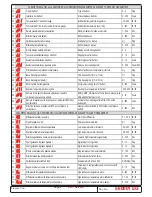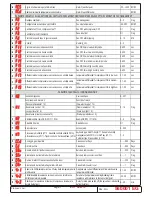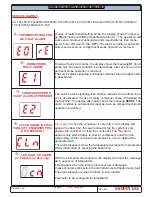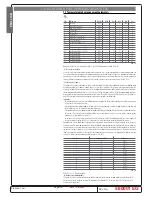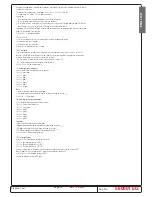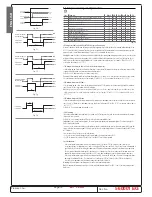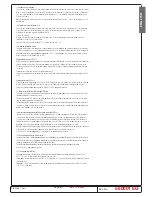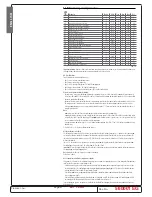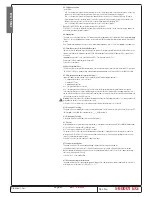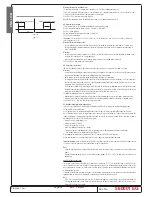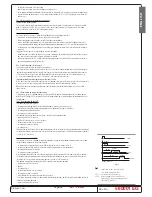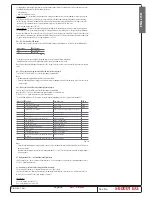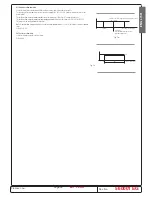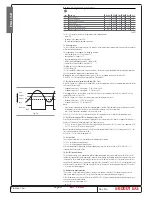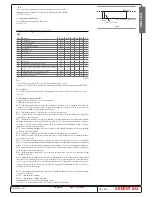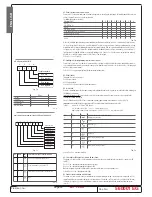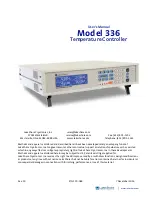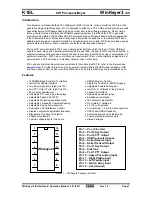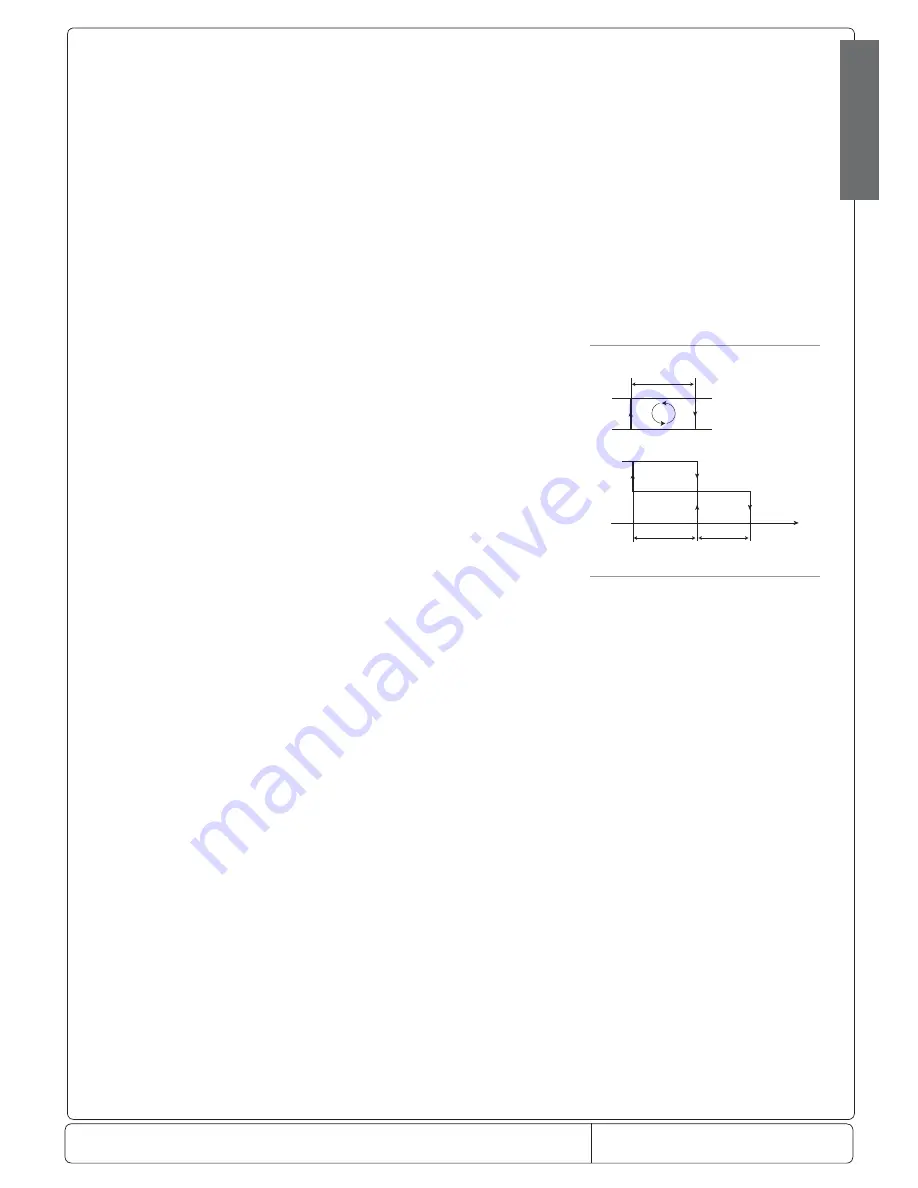
Doc. No.:
560001 EG
Page:18
Ed.1" 08-2014
From ser. no.:
rd
OFF
ON
REVERSE Caldo
attuatore
R
St
rd/2
rd/2
Sonda
virtuale
Reverse
Fig. 7.c
ENGLISH
Note:
• the step associated with the aux 1 or 2 output is only associated with the protection timer c0, while the step associated with the
compressor (in both direct and reverse operation) is associated with the timers c0, c1, c2, c3. As a result, the steps may be active
at the same time due to the protectors associated with the compressor step (minimum on time), as well as the unit defrost
status;
• if the curtain switch function is enabled (‘A4, A5, A9’=7), the controller modifi es the set point when the contact closes, adding
or subtracting the value of parameter ‘r4’; the new value is used for all functions relating to the set point (e.g. relative high and
low temperature alarms, dead band, etc.). When ‘r4’=3.0 (preset value) the set point is increased by 3 degrees compared to the
value used with the curtain open.
Default: ‘rn’=4.
rr: Reverse diff erential for control with dead band
Establishes the value of the diff erential used in reverse temperature control, when the auxiliary output is selected as heating, in
control with dead band mode. Default: ‘rr’=2.
Note:
no protection times are featured for the reverse output.
r1: minimum set point allowed
Determines the minimum value that can be set for the set point. Using this parameter prevents the user from setting a set point
lower than the value indicated by r1. Default: r1=-50.
r2: maximum set point allowed
Determines the maximum value that can be set for the set point. Using this parameter prevents the user from setting a set point
higher than the value indicated by r2. Default: r2 = +60.
r3: operating mode
ir33 can work as a thermostat and defrost controller for static units at normal temperature (r3=0), as a simple thermostat in Direct
operation (r3=1), or as simple thermostat in Reverse-cycle operation (r3=2).
r3=0 Direct thermostat with defrost control (cooling);
r3=1 Direct thermostat (cooling);
r3=2 Reverse-cycle thermostat (heating).
Also see the description of parameters A4, A5, A9.
Note:
with r3=1 and r3=2, the defrosts are always disabled.
A digital input set for direct/reverse-cycle control with parameter r3 has priority over the operating mode. The fi gure to the side
shows reverse control with two compressor steps.
Default: r3=0=> Direct thermostat operation with defrost control.
r4:Automatic variation of the set point in night-time operation
This parameter is part of the group for control of the curtain switch, together with A4, A5 and A9,
programmable for confi guring the digital inputs. When the curtain is closed, and consequently, the digital input connected to the
curtain switch is closed, the controller automatically increases the set point by the value assigned to r4 in direct mode (cooling),
and automatically decreases the set point by the value assigned to r4, in reverse mode (heating).
Important:
if the value of r4 is negative, the controller with the curtain switch closed will decrease the set point, in direct mode
(cooling), and increase the set point in reverse mode (heating).
Default: r4=3.0..
r5: Enable minimum and maximum temperature monitoring.
r5=0 disabled
r5=1 enabled
Default: r5=0
rt: Eff ective interval for monitoring the maximum and minimum temperature.
rH: Maximum temperature measured in the interval rt.
rL: Minimum temperature measured in the interval rt
All these parameters are used by the instruments to record the minimum and maximum temperature measured by the room
probe in a period of up to 999 hours (over 41 days). To enable this function, proceed as follows:
• set r5=1; select rt;
• press SET to display for how many hours the minimum and maximum temperature have been recorded (if the function has just
been enabled, rt=0);
• to start recording the temperatures again, press q for more than 5 seconds when displaying the hours (the message rES
indicates that the value has been reset).
The instrument resets the number of hours and restarts the monitoring process;
• to display the maximum temperature measured by the probe, read the value associated with rH, while to display the minimum
temperature measured by the probe, read the value associated with rL..
Important:
• after the maximum time of 999 hours, the monitoring of the minimum and maximum temperature continues, while the time
value remains fi xed at 999.

